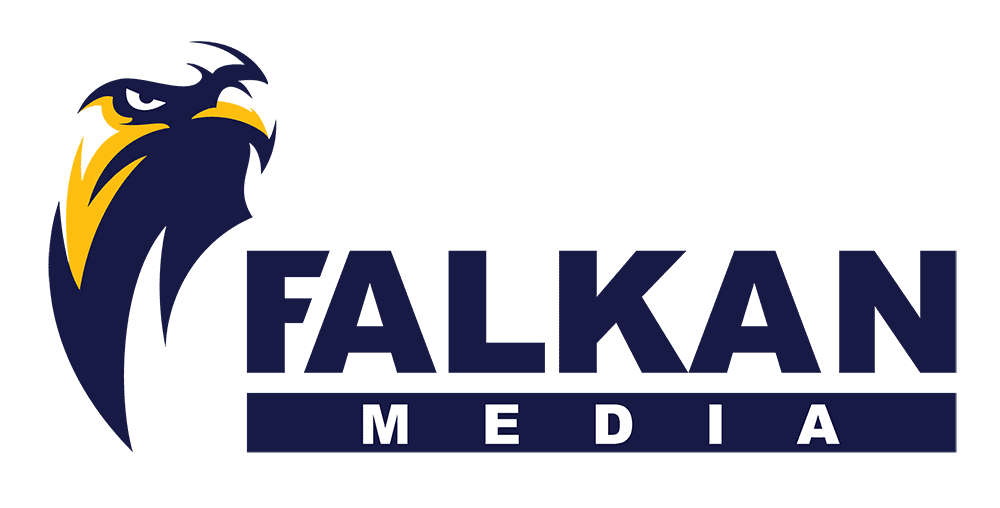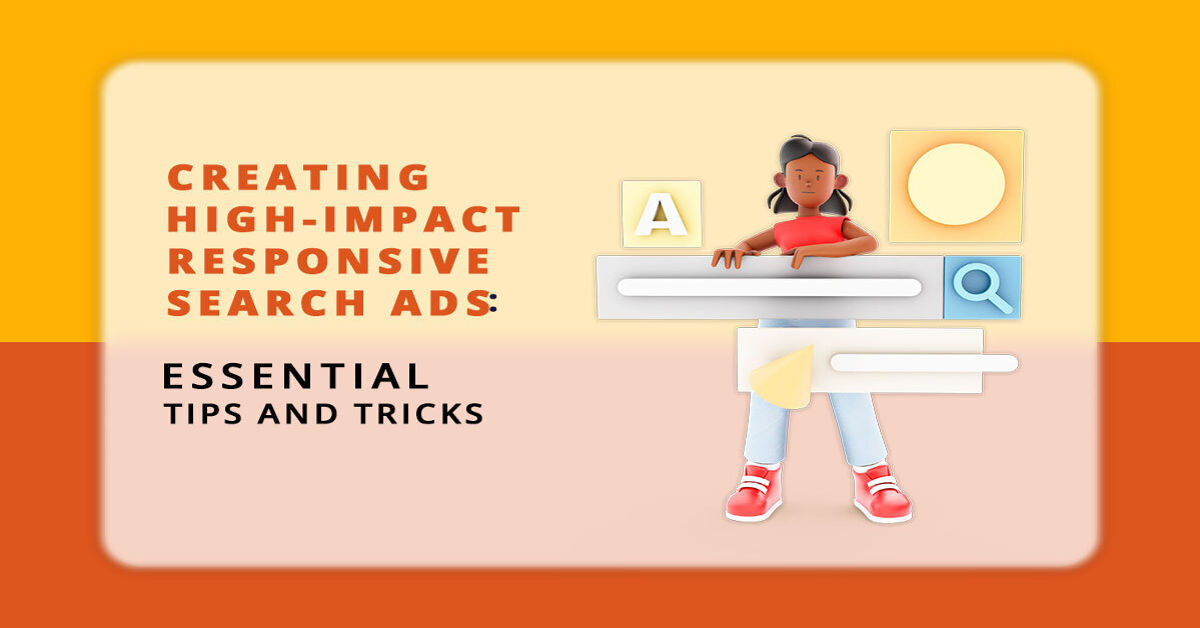If you’re new to advertising or just want to improve your skills, this guide will help you understand how to create high-impact RSAs that grab attention and drive results.
What Are Responsive Search Ads?
Responsive Search Ads are a type of ad format provided by Google Ads that allows advertisers to create ads that adapt to show more relevant messages to users. Instead of a single fixed ad, RSAs give you the ability to input multiple headlines and descriptions. Google then tests different combinations to find the most effective one for different searches.
Example: Imagine you run a bakery. You might write different headlines like “Freshly Baked Cakes,” “Delicious Cupcakes,” and “Order Online Today.” Google will mix and match these headlines to see which combination performs best for people searching for bakery items.
Why Use Responsive Search Ads?
Responsive Search Ads offer several benefits:
1. Increased Ad Relevance: By providing multiple headlines and descriptions, RSAs increase the chances of matching a user’s search query with an ad that speaks directly to their needs.
2. Better Performance: Google’s machine learning technology tests various combinations and learns which ones work best. This often results in higher click-through rates (CTR) and better return on investment (ROI).
3. Saves Time: Creating multiple variations of ads manually can be time-consuming. RSAs automate this process, making it easier to manage and optimize your ads.
How to Create High-Impact Responsive Search Ads
To create effective RSAs, follow these tips:
1. Start with a Clear Goal
Before you start creating your ad, define what you want to achieve. Are you looking to increase website traffic, generate leads, or drive sales? Your goals will guide the content of your headlines and descriptions.
Example: If your goal is to increase website traffic for your online bookstore, your headlines might include “Buy Bestsellers Online” and “Discover New Reads Today.”
2. Write Compelling Headlines
You can enter up to 15 different headlines for an RSA. Each headline should be engaging and relevant to the search terms your target audience uses. Aim for a mix of headlines that:
Highlight Key Benefits: Focus on what makes your product or service valuable. For instance, “Free Shipping on Orders Over $50” can attract users looking for deals.
Include Keywords: Use keywords related to what people are searching for. For a travel agency, headlines like “Affordable Vacation Packages” can be effective.
Create a Sense of Urgency: Phrases like “Limited Time Offer” or “Book Now” can prompt users to take action quickly.
3. Craft Effective Descriptions
You can also provide up to 4 different descriptions for your RSAs. These should complement your headlines by providing additional details about your product or service. Focus on:
Providing More Information: Describe features, benefits, or special offers. For example, “Enjoy 20% off your first purchase when you sign up for our newsletter.”
Encouraging Action: Use call-to-action phrases like “Learn More,” “Get Started,” or “Shop Now” to guide users toward taking the next step.
4. Test Different Combinations
One of the main advantages of RSAs is the ability to test different headline and description combinations. Google’s machine learning will automatically test these combinations and show the best-performing ones more often.
Example: If you run an online electronics store, you might test combinations like:
Headline 1: “Latest Gadgets at Great Prices”
Headline 2: “Exclusive Deals on Electronics”
Description 1: “Shop the newest tech products with discounts up to 30%.”
Description 2: “Find the best deals on phones, laptops, and more.”
5. Monitor Performance and Optimize
Once your RSAs are live, regularly check their performance using Google Ads reports. Look at metrics like click-through rate (CTR), conversion rate, and cost-per-click (CPC). Based on this data, you may need to adjust your headlines and descriptions.
Example: If you notice that headlines emphasizing discounts perform better, you might want to create more headlines focused on special offers.
Tips and Tricks for High-Impact Responsive Search Ads
Here are additional tips and tricks to maximize the effectiveness of your RSAs:
1. Use Localized Keywords
If your business serves a specific location, include localized keywords in your headlines and descriptions. This helps attract users who are looking for services or products in their area.
Example: A plumbing service in New York might use headlines like “Top New York Plumbers” or “Reliable Plumbing Services in NYC.”
2. Incorporate Seasonal or Trending Topics
Adjust your ad content based on current events or seasons. For example, if it’s holiday season, your headlines could focus on holiday deals or special promotions.
Example: “Holiday Sale – Up to 50% Off All Items” or “Summer Clearance – Shop Now for Hot Deals!”
3. Leverage Ad Extensions
While not a part of RSAs themselves, ad extensions can enhance the performance of your ads. Use extensions like site link extensions, call extensions, and location extensions to provide more information and improve your ad’s visibility.
Example: For a restaurant, you might include extensions that show your location, phone number, and links to the menu or reservation page.
4. Ensure Ad Copy Consistency
Make sure that your ad copy aligns with the content on your landing page. If users click on an ad promising a discount, they should be able to find that discount easily on the landing page.
Example: If your ad headline says “20% Off All Shoes,” ensure the landing page highlights this offer prominently.
5. Use A/B Testing
Although RSAs automatically test ad combinations, you can also manually test different versions of headlines and descriptions to compare their performance. This can provide additional insights into what resonates best with your audience.
Example: Run separate RSAs with different calls-to-action like “Shop Now” vs. “Browse Our Collection” to see which drives more clicks.
Real-World Examples
Here are a few examples of effective Responsive Search Ads in action:
1. Online Clothing Store
Headlines: “Summer Sale – Up to 50% Off,” “Shop New Arrivals Today,” “Trendy Styles for Less”
Descriptions: “Discover our latest collection of summer fashion at unbeatable prices. Limited time only!”
2. Local Gym
Headlines: “Join Our Gym – First Month Free,” “Get Fit with Expert Trainers,” “Limited Time Offer – Sign Up Now”
Descriptions: “Start your fitness journey with a free personal training session and no contract commitment. Join us today!”
3. Home Improvement Services
Headlines: “Transform Your Home with Us,” “Affordable Home Renovations,” “Get a Free Quote Today”
Descriptions: “Upgrade your home with professional renovation services. Contact us for a free estimate and see how we can help.”
Conclusion
Creating high-impact Responsive Search Ads involves understanding your goals, crafting engaging headlines and descriptions, and leveraging Google’s machine learning to test and optimize your ads. By following these tips and tricks, and learning from real-world examples, you can create RSAs that attract attention, drive results, and ultimately help your business succeed.
Responsive Search Ads are a powerful tool in the world of digital advertising. With the right approach, you can make the most of this format and achieve your marketing goals more effectively.

